Are you fascinated by the Earth's natural history? These are the geology museums you should visit in Argentina:
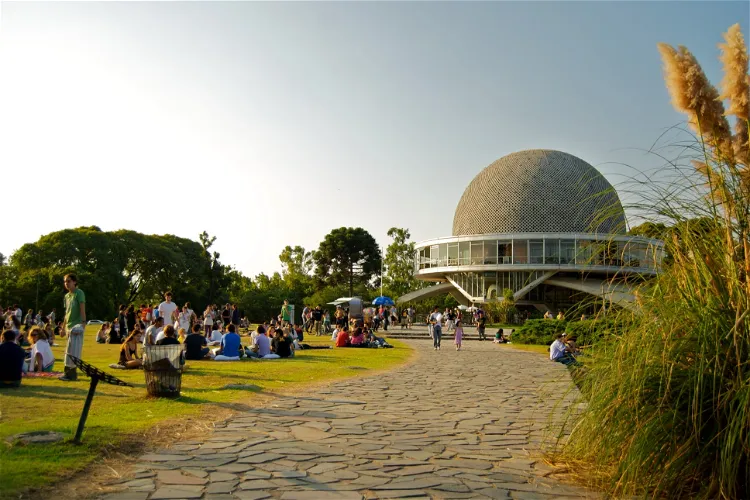
Galileo Galilei Planetarium
Buenos AiresThe Galileo Galilei Planetarium, situated in the Bosques de Palermo park in Buenos Aires, Argentina, is a tribute to the renowned Italian scientist, Galileo. This location offers a unique blend of science and nature, making it an interesting spot for tourists.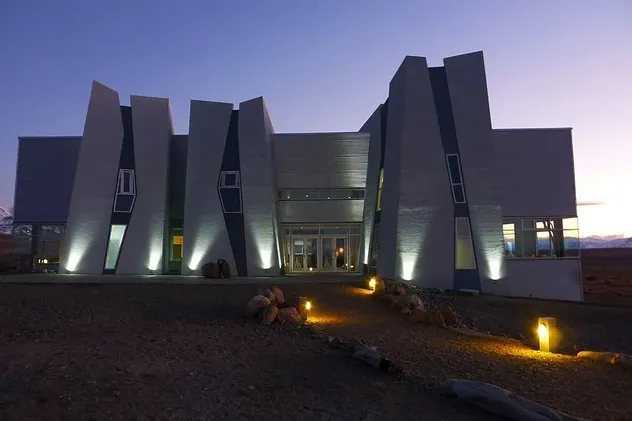
Glaciarium
El CalafateThe Glaciarium is a glaciological Interpretation Center that is dedicated to the dissemination of the Southern Patagonian Ice Field and its glaciers. It is a unique institution that provides visitors with an opportunity to learn about the fascinating world of glaciers and the ice field. The center uses modern museology resources to present its permanent exhibition, making it an engaging and educational experience for all.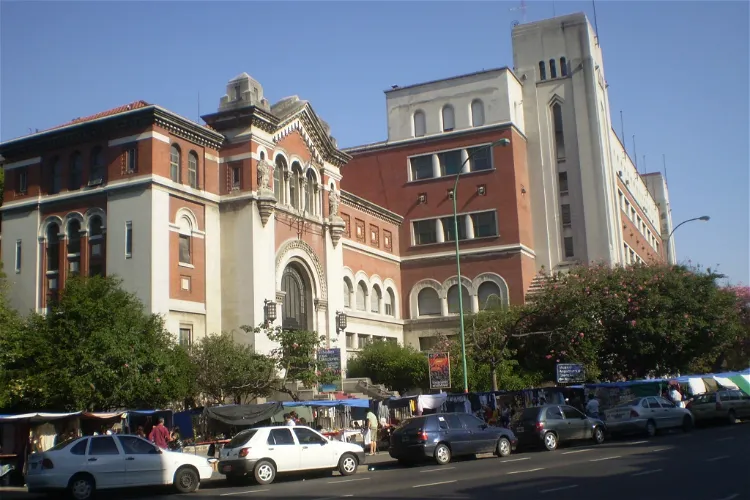
Bernardino Rivadavia Natural Sciences Museum
Buenos AiresThe Bernardino Rivadavia Natural Sciences Museum is Argentina's national natural history museum. It is situated in the country's capital, Buenos Aires. The museum was proposed by Bernardino Rivadavia in 1812 and opened in 1826, making it the second most important natural history museum in the country after the La Plata Museum.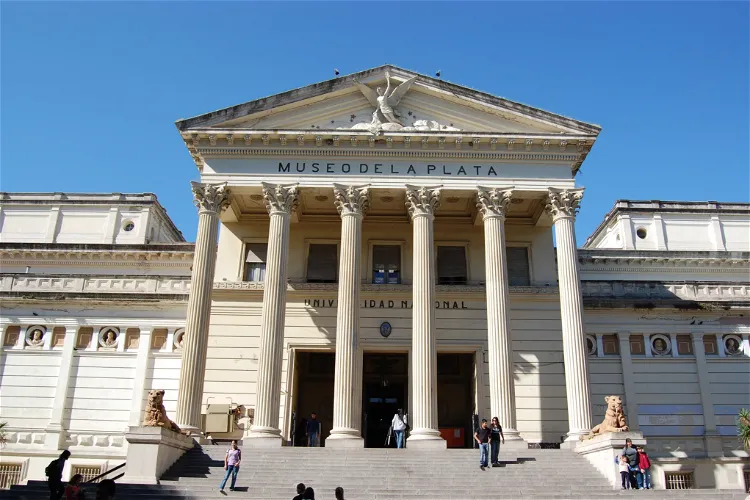
La Plata Museum
La PlataThe La Plata Museum, located in La Plata, Argentina, is a renowned natural history museum. It is an integral part of the Facultad de Ciencias Naturales y Museo (Natural Sciences School) of the National University of La Plata. The museum offers a rich collection of natural history artifacts and is a significant part of the university's research and educational activities.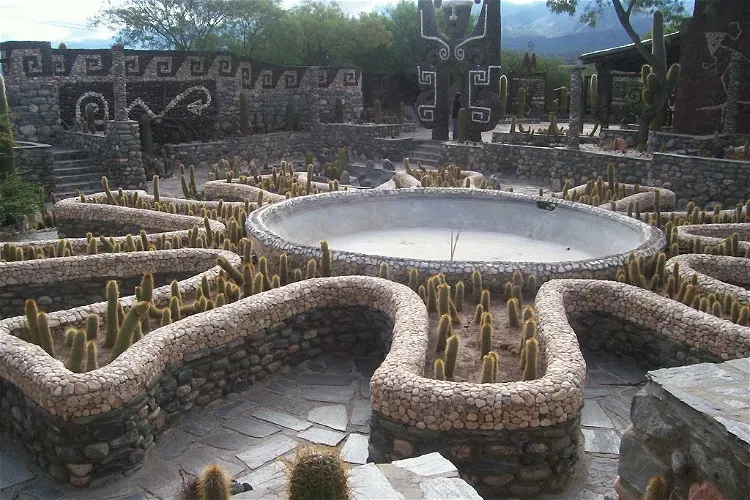
Pachamama Museum
Amaicha del ValleThe Pachamama Museum, also known as La Casa de Piedra, is situated in the town of Amaicha del Valle in Tucumán. This location is a significant part of the museum's identity, as it is deeply rooted in the local culture and history.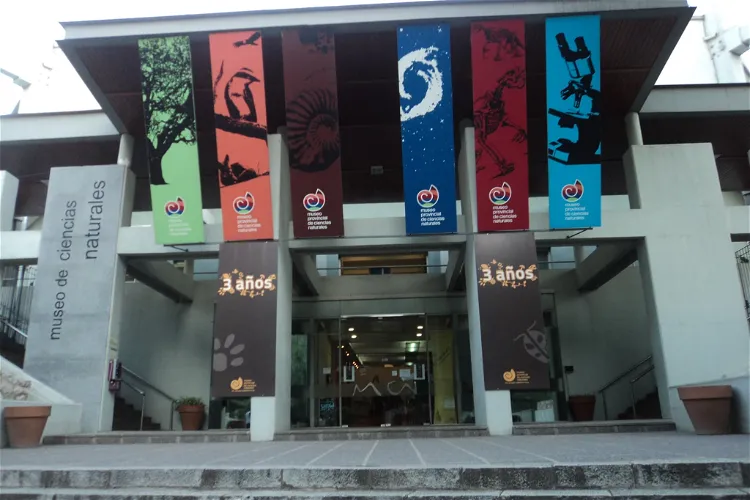
Museo Provincial de Ciencias Naturales
CordobaThe Museo Provincial de Ciencias Naturales Presidente Doctor Arturo Illia is a natural history museum situated in the Parque Sarmiento in the city of Córdoba, Argentina. It is named in honor of the former Argentine president, Arturo Illia, and is administratively dependent on the provincial government.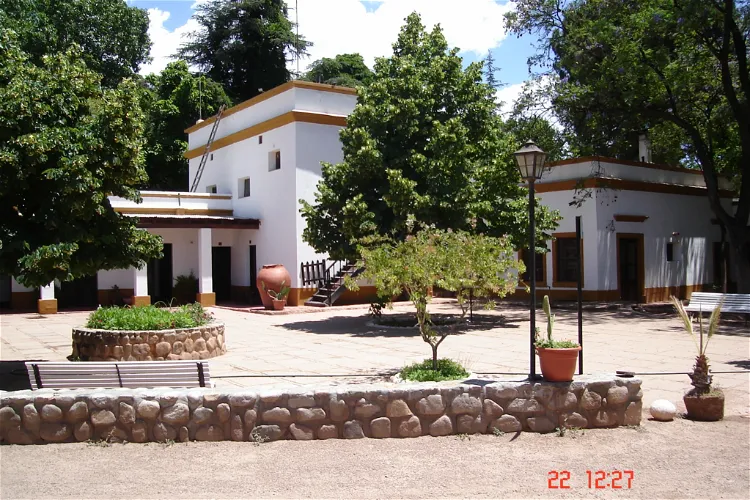
Samay Huasi
La PuntillaSamay Huasi, which translates to 'rest house' in Quechua, is a historic property in Argentina that serves dual purposes. It functions as both a vacation retreat and a museum, offering visitors a unique blend of relaxation and cultural enrichment. Located in Chilecito, a town nestled high in the Pampas Sierras of La Rioja Province, the property provides a scenic backdrop for a diverse range of activities.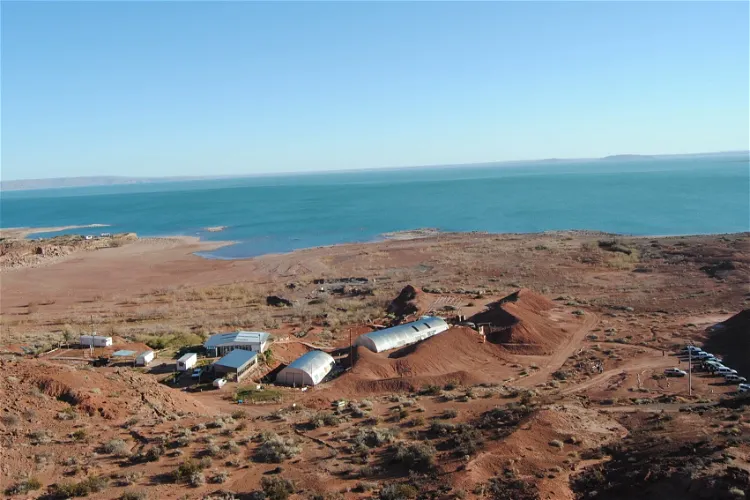
Museo de sitio Centro paleontológico Lago los Barreales
Municipio de AñeloThe Museo de Geología y Paleontología de la Universidad Nacional del Comahue is situated in the central-east region of the province of Neuquén, Argentina. It is located on the north shore of Lake Los Barreales. This location offers a unique setting for the museum, providing visitors with a scenic backdrop to their exploration of the museum's exhibits.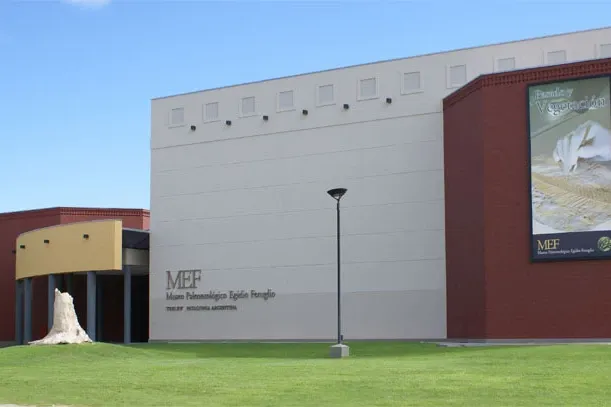
Museum of Paleontology Egidio Feruglio
TrelewThe Museum of Paleontology Egidio Feruglio, also known as MEF, is located in the city of Trelew, in the region of Patagonia, Argentina. It serves as both a research and exhibition center, making it a significant scientific institution in the country.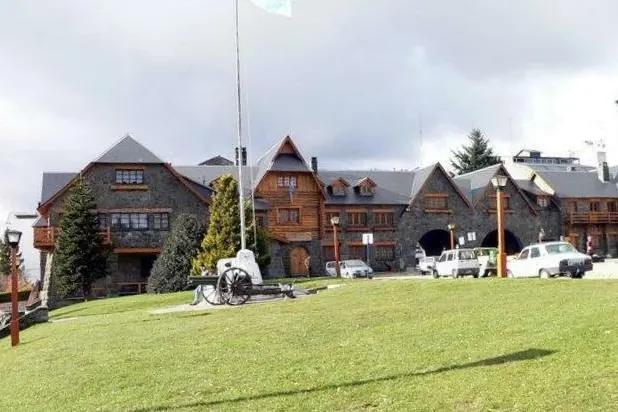
Museo de la Patagonia
San Carlos de BarilocheThe Museo de la Patagonia Francisco P. Moreno is a museum dedicated to the natural sciences and cultural anthropology of the Patagonian region. It offers a comprehensive view of the region's natural history and cultural heritage, making it a valuable resource for those interested in learning more about Patagonia.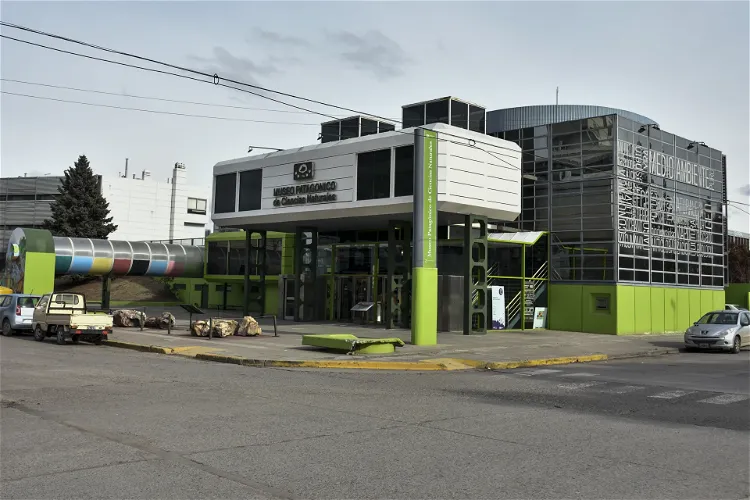
Museo Patagónico de Ciencias Naturales
General RocaThe Museo Patagónico de Ciencias Naturales Juan Carlos Salgado (MPCN) is a significant natural science museum situated in the city of General Roca, in the province of Río Negro, Argentina. It is renowned for its scientific contributions and the valuable heritage it preserves.
Carlos Ameghino Provincial Museum
CipollettiThe Carlos Ameghino Provincial Museum, situated in Cipolletti city, Río Negro Province, Argentina, is a natural science museum. It was established in 1971 by Professor Roberto Abel. The museum is named after the famous naturalist and explorer, Carlos Ameghino.
Virginia Choquintel Museum
Rio GrandeThe Virginia Choquintel Museum is situated in the city of Rio Grande, within the province of Tierra del Fuego, Antarctica and South Atlantic Islands. This location offers a unique cultural experience, as it is nestled in a region known for its rich history and diverse natural landscapes.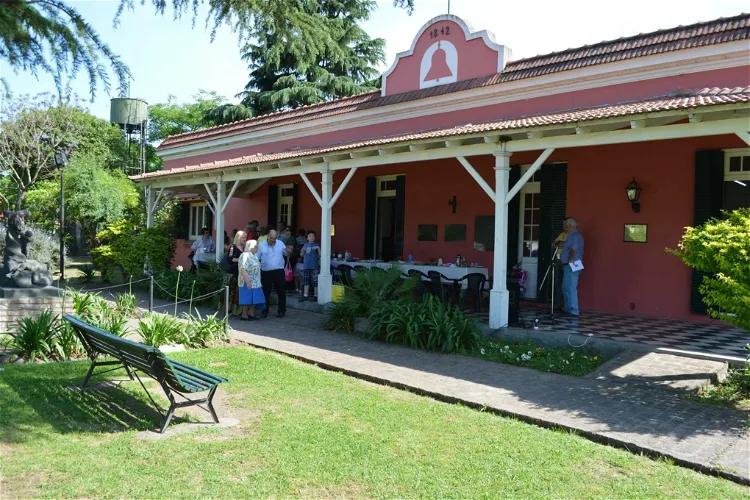
Museo Histórico La Campana
El JagüelThe Museo Histórico La Campana is situated in the town of El Jagüel, within the Esteban Echeverría district. This museum is dedicated to the history of the Monte Grande region, providing visitors with a deep dive into the area's past.- 15
Municipal Museum of Natural Sciences Vicente Di Martino
Monte HermosoThe Vicente Di Martino Natural Sciences Museum is a natural history museum located in the Alborada Civic Center, Monte Hermoso resort, in the province of Buenos Aires, Argentina. The museum exhibits a wide range of zoological and paleontological pieces, offering visitors a unique insight into the natural history of the region. - 16
Natural Science Museum Pachamama
Santa Clara del MarThe Pachamama Municipal Museum of Natural Sciences is a natural history museum situated in the city of Santa Clara del Mar, in the Mar Chiquita district, in the province of Buenos Aires, Argentina. It is one of the municipal museums in the southeast of Buenos Aires province, making it a custodian of a unique world heritage. - 17
Museo Paleontológico de San Pedro "Fray Manuel de Torres"
San PedroThe Paleontological Museum “Fray Manuel de Torres”, also known as the Paleontological Museum, is a specialized institution that focuses on the exhibition and research of fossil bones. These fossils have been discovered in the vicinity of San Pedro since 1998, providing a unique insight into the prehistoric life that once roamed the area.